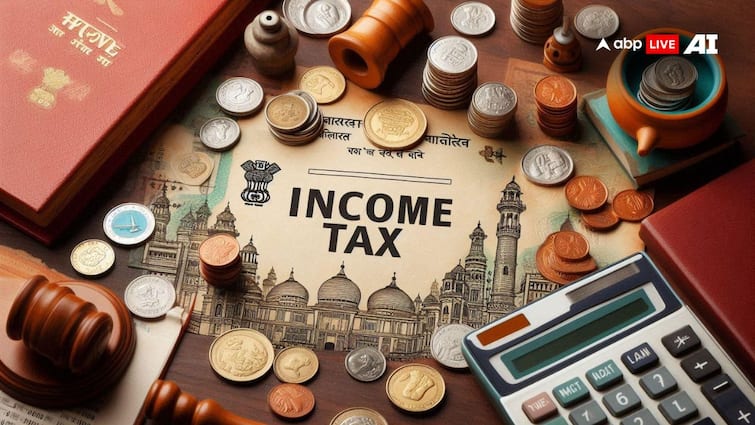Stablecoins & DeFi: Can We Have Decentralisation Without Central Control?

Decentralised Finance (DeFi) promised a revolution: a financial system free from the control of traditional institutions. Yet, the rapid growth of DeFi has brought a surprising dependency – on stablecoins. These digital assets, pegged to a stable value like the US dollar, are crucial for DeFi’s functionality, but many are issued and managed by centralised entities. This begs the question: can DeFi truly achieve its decentralised ideals while relying on assets that inherently centralise control?
The Rise of Stablecoins in DeFi
To understand the dilemma, we need to appreciate the role stablecoins play. DeFi protocols require assets with predictable value to facilitate lending, borrowing, trading, and other financial activities. Volatility is the enemy of financial stability, and stablecoins provide that much-needed anchor. Without them, DeFi would be a chaotic, unpredictable landscape, unsuitable for widespread adoption.
However, the most popular stablecoins – Tether (USDT) and USD Coin (USDC) – are issued by companies that hold reserves of fiat currency (like US dollars) to back their tokens. While these companies claim to maintain a 1:1 reserve ratio (one USDT or USDC equals one US dollar), concerns persist about the transparency and auditing of these reserves. Critics argue that a lack of independent verification leaves these stablecoins vulnerable to manipulation and potential collapse.
The Centralisation Risk
The centralisation risk isn’t just about reserve transparency. The issuing entities of these stablecoins wield considerable power. They can freeze accounts, censor transactions, and ultimately control the flow of funds within the DeFi ecosystem. This contradicts the very principles of decentralisation that DeFi was built upon. Imagine a scenario where a stablecoin issuer, under pressure from a government or regulatory body, decides to blacklist certain DeFi protocols or users – the consequences for the wider DeFi ecosystem could be devastating.
The Search for Decentralised Solutions
Fortunately, the DeFi community is actively working on alternative, more decentralised stablecoin solutions. These approaches fall into several categories:
- Algorithmic Stablecoins: These stablecoins use algorithms and smart contracts to maintain their peg without relying on collateral. Examples include Empty Set Dollar (ESD) and Basis Cash. While promising, algorithmic stablecoins have historically proven challenging to maintain stability, often experiencing de-pegging events.
- Collateralised Over-Collateralised Stablecoins: DAI, issued by MakerDAO, is a prime example. It's backed by over-collateralised crypto assets (meaning more than $1 worth of crypto backs each DAI token), making it highly resistant to volatility. However, the over-collateralisation requirement can limit its usability.
- Real-World Asset (RWA) Backed Stablecoins: These stablecoins are backed by real-world assets like US Treasury bonds or other liquid assets. This approach combines the stability of traditional finance with the transparency of blockchain technology.
The Future of DeFi & Stablecoins
The future of DeFi hinges on finding a sustainable and truly decentralised stablecoin solution. While centrally issued stablecoins have fuelled DeFi's explosive growth, their inherent risks cannot be ignored. The ongoing development of algorithmic, over-collateralised, and RWA-backed stablecoins offers hope for a more resilient and decentralised DeFi ecosystem. Regulatory clarity surrounding stablecoins will also be crucial. As DeFi matures, the pressure to move towards more decentralised stablecoin models will only intensify, shaping the future of this revolutionary technology. The challenge lies in balancing stability, decentralisation, and regulatory compliance to unlock DeFi’s full potential.






